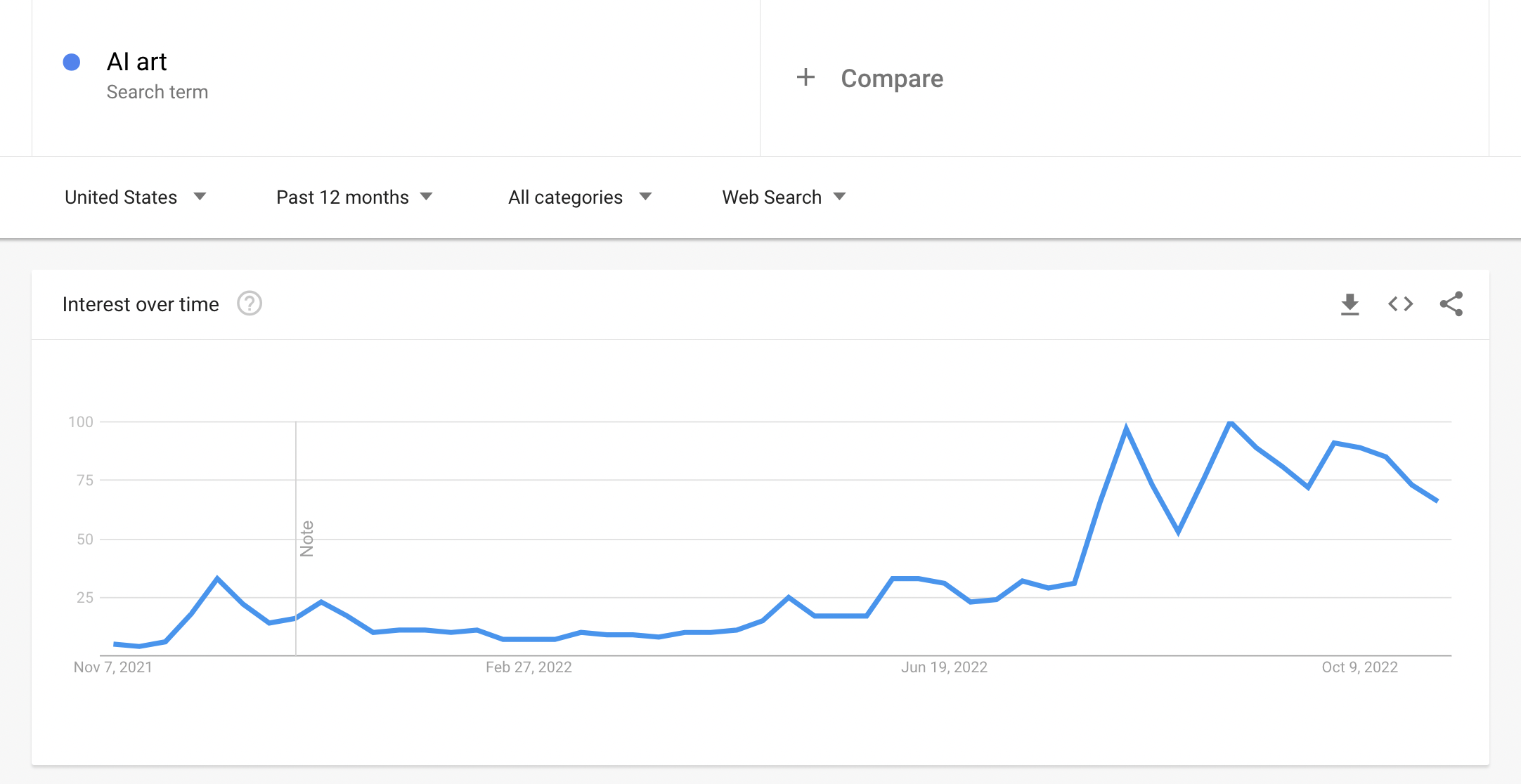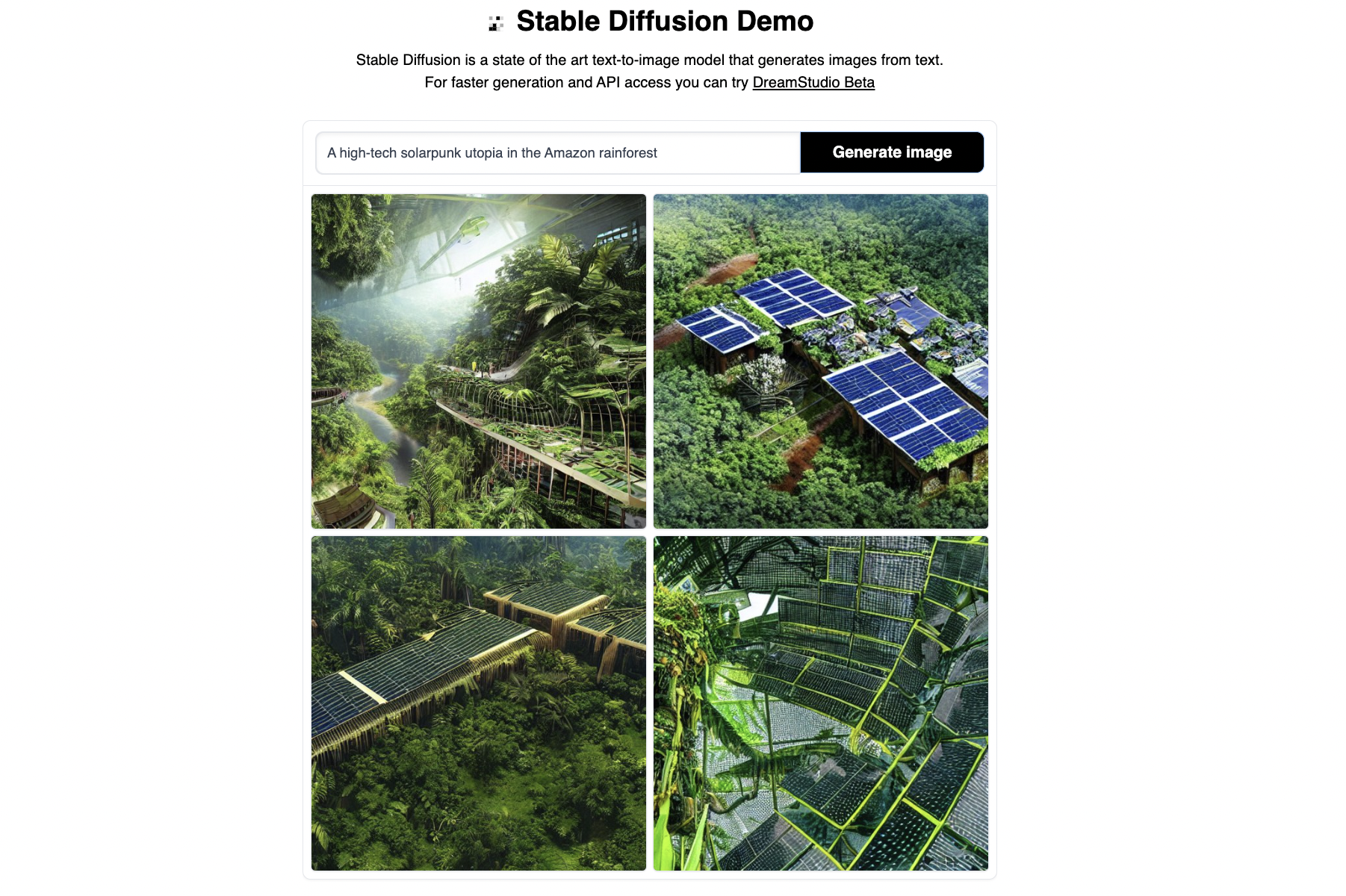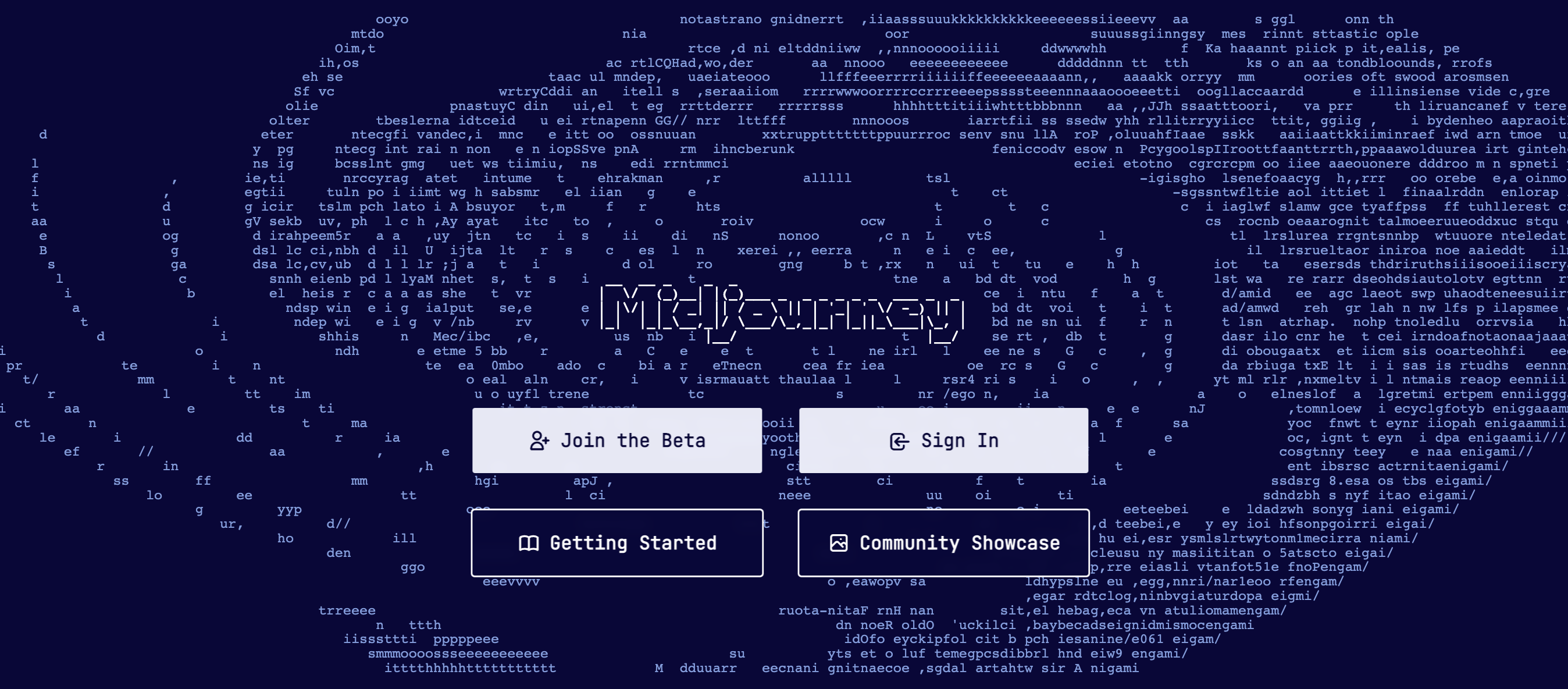Trends
What Does the Rise of AI Art Mean for Designers and Illustrators?
By Halley Bondy November 17th, 2022The AI Art Shop is a veritable treasure trove of artwork ranging from lush Japanese paintings to colorful collage landscapes. Anyone can purchase these works on canvas or in print, all for a fraction of the cost of conventional pieces.
The London-based online shop is the first to widely market art made strictly by artificial intelligence (AI). Starting at just $120 for a smaller canvas piece, the collection is accessible to a wide audience, from collectors who don’t want to spend thousands on hand-painted works to hotel decorators looking to buy art in bulk.
The creators, who are largely anonymous, upload their work to AI Art Shop and receive 75 percent of the proceeds. Unlike popular open-source AI image generators like Stable Diffusion, Midjourney, or DALL-E 2, the AI Art Shop’s algorithm incorporates a blockchain, which helps ensure that work can be traced back to its original creator.
Founder Vlad Barrow said that the 300 or so artists on the AI Art Shop roster hail from all walks of life. “Some of them might be professional digital artists, or maybe they come from game design agencies and they’re looking for a side hustle; some are even writers and journalists who just like to work with tech and play around with it,” Barrow said. “Some are new, some are experienced. But they’re all discovering the AI art movement.”
An AI art movement in motion
“Movement” is the right term. Google Trend results for “AI art” have grown significantly over the past 12 months. Though AI-infused art has been around since roughly the 1960s, it became a global conversation in 2018, when Parisian art group OBVIOUS sold an AI portrait at a prestigious Christie’s auction for $432,500.

Then, in September 2022, an artist named Jason Allen won a Colorado State Fair competition for an AI-developed painting, sparking existential controversy over what constitutes “art.” Though Allen told Smithsonian Magazine he spent around 80 hours working on his entry, critics expressed concern that the role of AI in its creation constituted cheating. The competition’s judges ultimately disagreed, affirming that Allen deserved his blue ribbon—AI-assisted or not.
For his part, Barrow said that when it comes to competitions like the Colorado State Fair example, AI art should be judged in a distinct category rather than head-to-head against traditional, human-created artworks. “But that doesn’t mean AI art is not art,” he added. “I think it’s natural for people to be afraid of change—obviously, that’s our nature. But I think it’s not something to be feared.”
Okay, okay—but will AI take my job?
Though the full impact of AI-generated art on human freelance artists, illustrators, and designers is yet to be seen, some experts suggest that exploring how to use AI generators properly is a skill worth learning—and it may even help them cash in on new opportunities.
“I think [AI art generation] will be available to everyone in the next five years,” said Rodolfo Ocampo, Ph.D. researcher of human-AI interaction design at the University of South Wales in Sydney, Australia. “Whoever works in [digital content]—photographers, graphic designers, and digital artists—they will [one day] use AI,” he predicted.
“Ultimately, I think [AI tools] will provide more opportunities for artists to create unique, engaging work,” Barrow agreed.
“Ultimately, I think AI tools will provide more opportunities for artists to create unique, engaging work.”
Still, that’s not to say that some subsets of artists shouldn’t be worried about job security. Just as AI text generators may one day supplant certain types of copywriters, there’s a good chance that AI image generators will eventually become a cost-effective replacement for human designers in certain contexts—logo design, for instance. Whereas clients looking for an affordable logo today might turn to gig platforms like 99designs or Fiverr, in the future, they may simply use AI.
Taiwan-based IT manager Russ McClay, who has been working with AI art tools since June, noted that photography is another industry that will almost certainly be impacted. He explained that AI art from sites like Midjourney is already being used to replace stock imagery.
“This is huge with regard to a shift of profit,” McClay said, noting that the trend has historical precedent. “Nothing prepared figurative artists for the advent of photography. Where once there was no way to capture history, everyday life, beauty, people, and the world aside from illustration, sculpture, and painting, [all of a sudden], anyone with a camera could do it.”
Learning to work with AI tools in a professional capacity—versus simply railing against them—may be a tough pill to swallow for some. But it may also be key to remaining relevant in the long term.
How AI art engines work—and how human designers can work with them
It’s pretty simple to play around with AI image generators. “In graphic design, a human is creating the pixels. In AI art, the human is only giving the [prompts], and the AI is creating the pixels,” Ocampo summed up.
To use an AI image generator, simply type in specific descriptors—usually, a line or two of text—and the site will spit out images it thinks match your prompt. The popular tool Stable Diffusion uses the example: “A high-tech solarpunk utopia in the Amazon rainforest.” The AI then generates a series of related images in seconds.
With such a simple process, illustrators can put out more work, more efficiently. But as with AI writing tools—another hot-button issue among freelance creatives—prompt engineering is a key part of the creative process. That means perfecting the words you use to “prompt” the AI to offer up the perfect image.
And even though AI is doing much of the creative heavy lifting, that doesn’t mean humans are irrelevant in the process. “There’s still a lot of subjective human involvement when it comes to selecting the dataset that will go into the image,” Barrow said. “And of course, someone has to sit down and look at the output and make decisions from there.”
AI art and its potential
Artists are already using AI image generators to pad their portfolios and as an additional source of revenue. McClay said he knows an artist who earns a steady profit on Midjourney by selling packs of design textures to graphic artists and game programmers.
Highly photorealistic AI art could also generate faster profits for artists working in photography or photo editing. One example McClay has seen involves food photography. “I’ve seen sets of Midjourney-generated images of American hamburgers and Japanese sushi that rival anything I’ve seen photographed in a professional studio equipped with the latest cameras and lighting equipment,” he said.
One outstanding issue facing emerging AI artists is copyright. Most open-source generators don’t provide intellectual property safeguards for the artwork uploaded onto their sites, leading to chaos among professionals hoping to cash in on their original creations. The AI Art Shop’s blockchain feature is a creative solution to the problem, but it isn’t the norm yet.
Still, that hasn’t stopped some artists like McClay from embracing the technology. Currently, he works with the Deep Dream Generator engine to create rustic Japanese scenes, classic still-life art, landscapes, and more.
For those who want to begin experimenting with AI image generators, Ocampo suggested starting off with simple tinkering. After all, getting in on the trend early may pay off in the long run.
“If I were a graphic designer or an illustrator or a video animator, I would really try to get my hands on these tools and develop that expertise to facilitate my [creative] process,” Ocampo said, adding that he doesn’t see the moment as a death knell for human-made art.
In fact, quite the opposite—he sees potential for AI to complement human creativity. “The more socially aligned approach to using AI is not to replace humans or have AI create all the content, but actually to just be a tool for humans to express [themselves],” he said.
Image by ArtHead-
